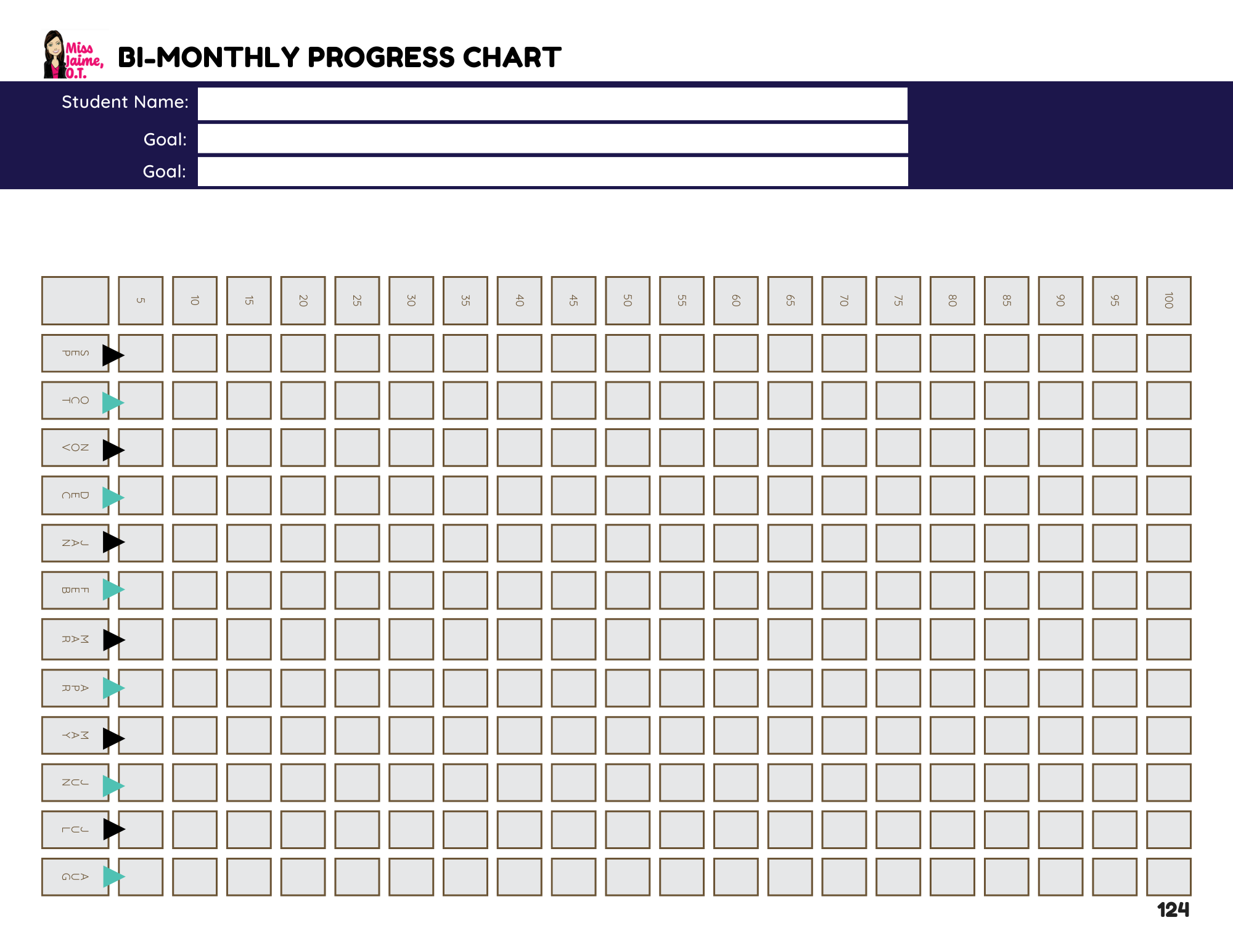As your child begins to learn how to write and draw, it’s crucial to teach them how to hold a crayon and get a solid “pencil grip.”
Whether you’re seeing your child practice at school or daycare, or you’re working with them on it at home, it’s important to develop those skills early on.
Once a child gets into a pattern of writing a certain way and that grasp is “locked in,” it can be extremely difficult to change.
After the second grade children really struggle to change that grasp, so prioritize teaching them how to properly hold and write with a crayon.
Benefits of teaching proper grasp
Often times with your writers you’ll see that they’re fisting their pencil or holding it in an awkward position with their fingers, far from the standard grasp that will serve them well in adulthood. This is often because they don’t have the hand strength or shoulder stability to hold it properly, so they’ll use these adapted methods to write or draw.
By taking the time to show your children how to properly grasp, you’re helping them to develop their fine motor skills and the small muscles in their handle that manipulate the pencil or crayon. This gives them a strong foundation that will lead to better handwriting and drawing in the future.
How to Teach Your Child to Grasp Properly
One of the easiest tricks to use when teaching your child to grip properly is to take a Sharpie and draw a smiley face on their pencil, so they’ll notice where to place their fingers. If you’re working with smaller children, it is often easier to use a crayon, and if they’re still struggling, consider getting a jumbo pencil or crayon so it is more difficult for them to misplace their fingers when gripping.
When coaching them, it’s important to tell them to place their thumb and index finger on it, modeling it for them so they can see it in your hands. They’ll often need reminders and verbal correction when they practice writing using the correct grip. If your child is left handed, you’ll want to place their fingers a little higher to prevent the smearing that often happens when children that are lefties write. (It also allows them to see what they are writing).

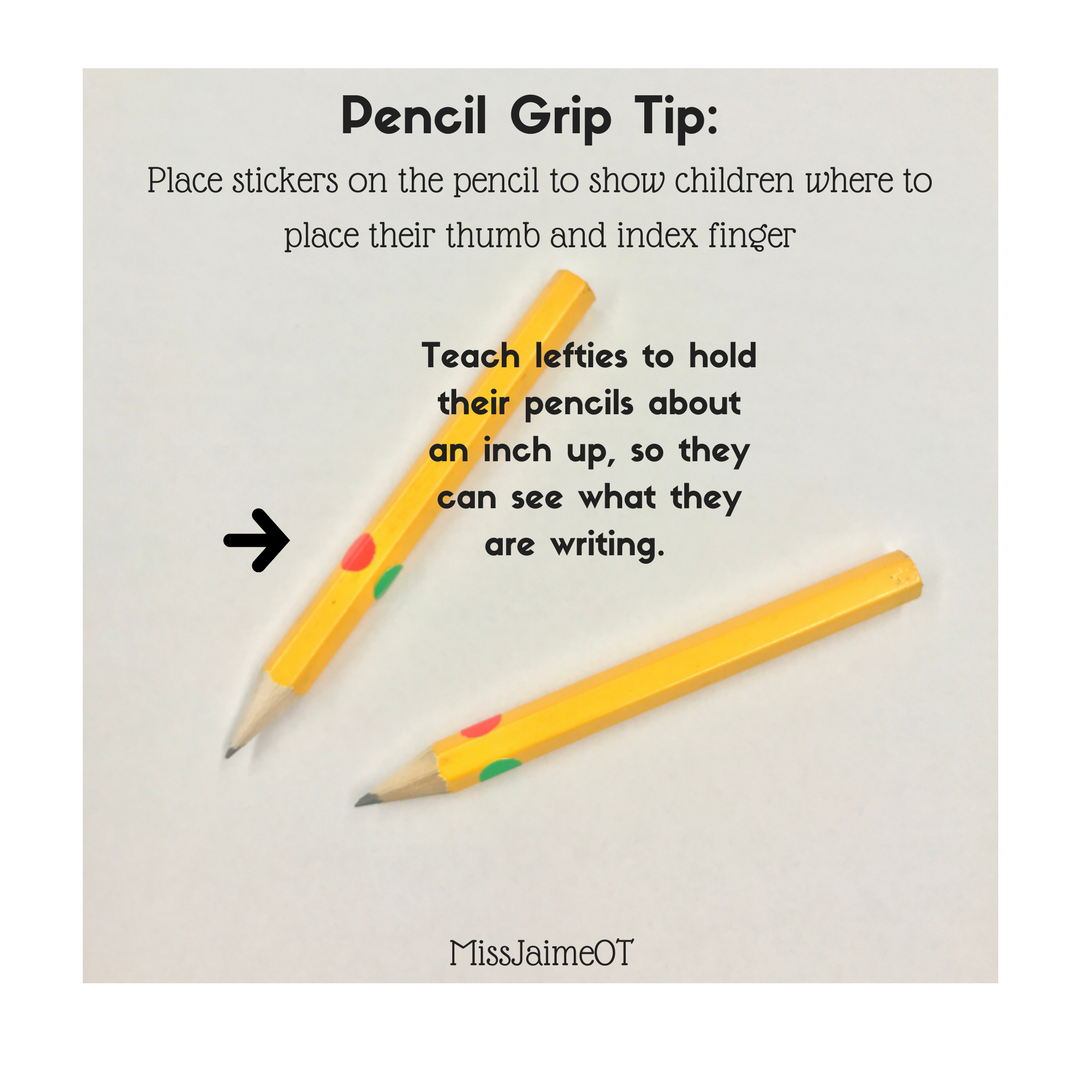


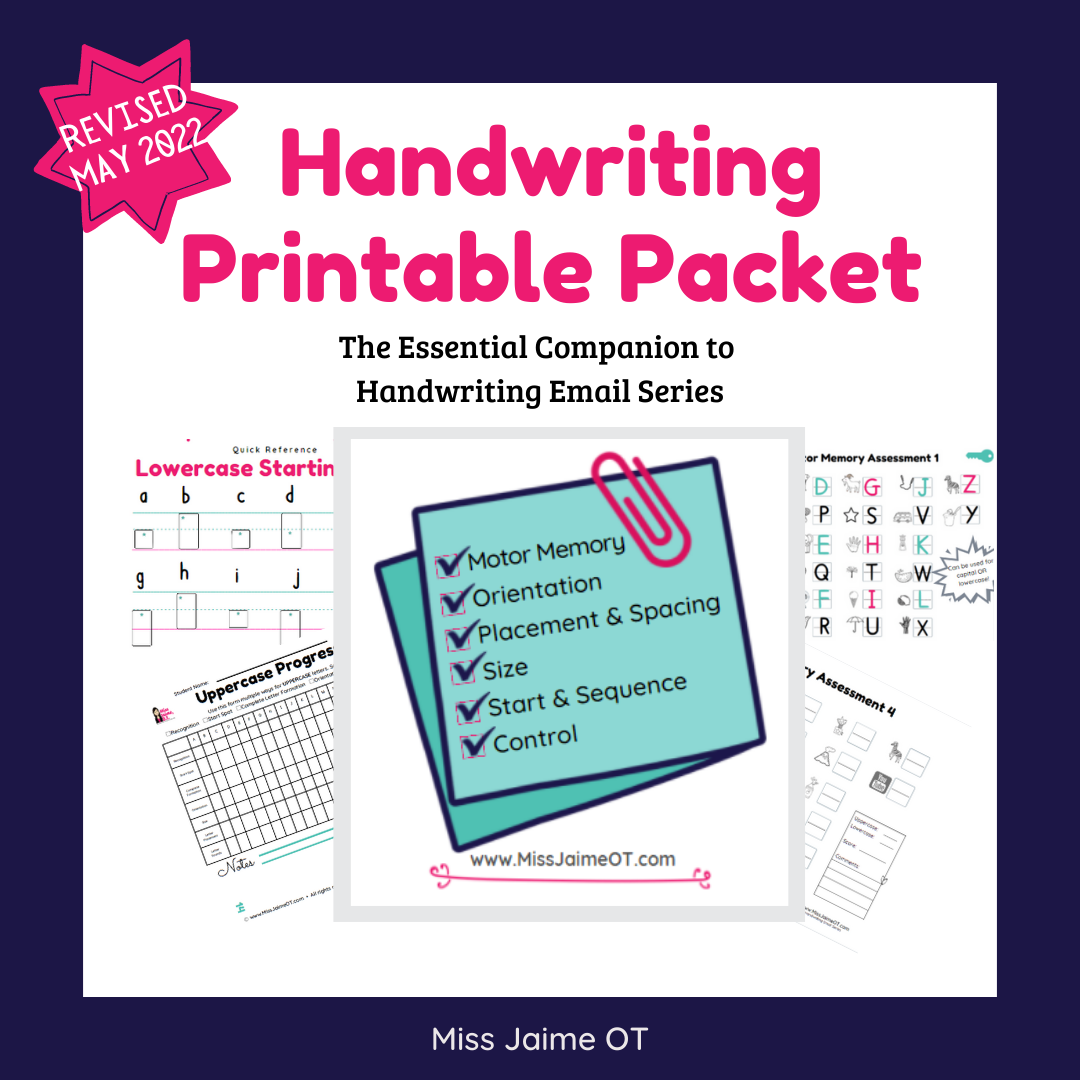

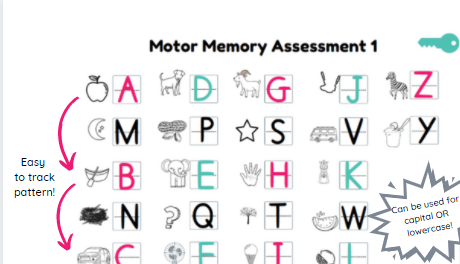
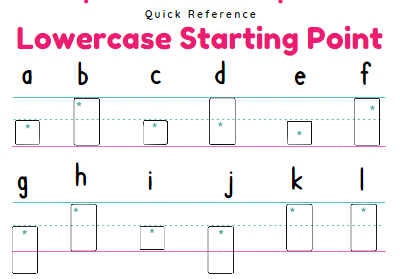


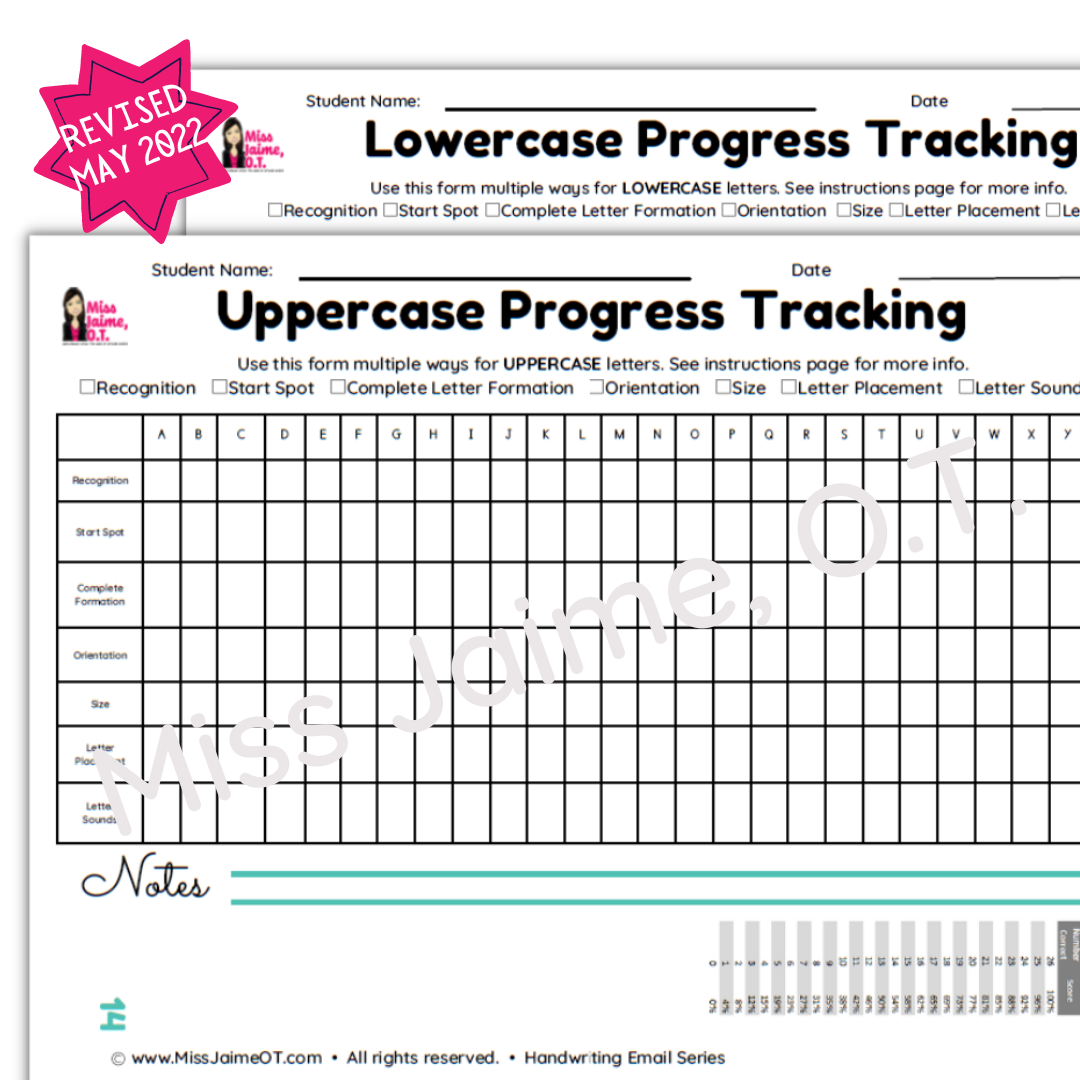





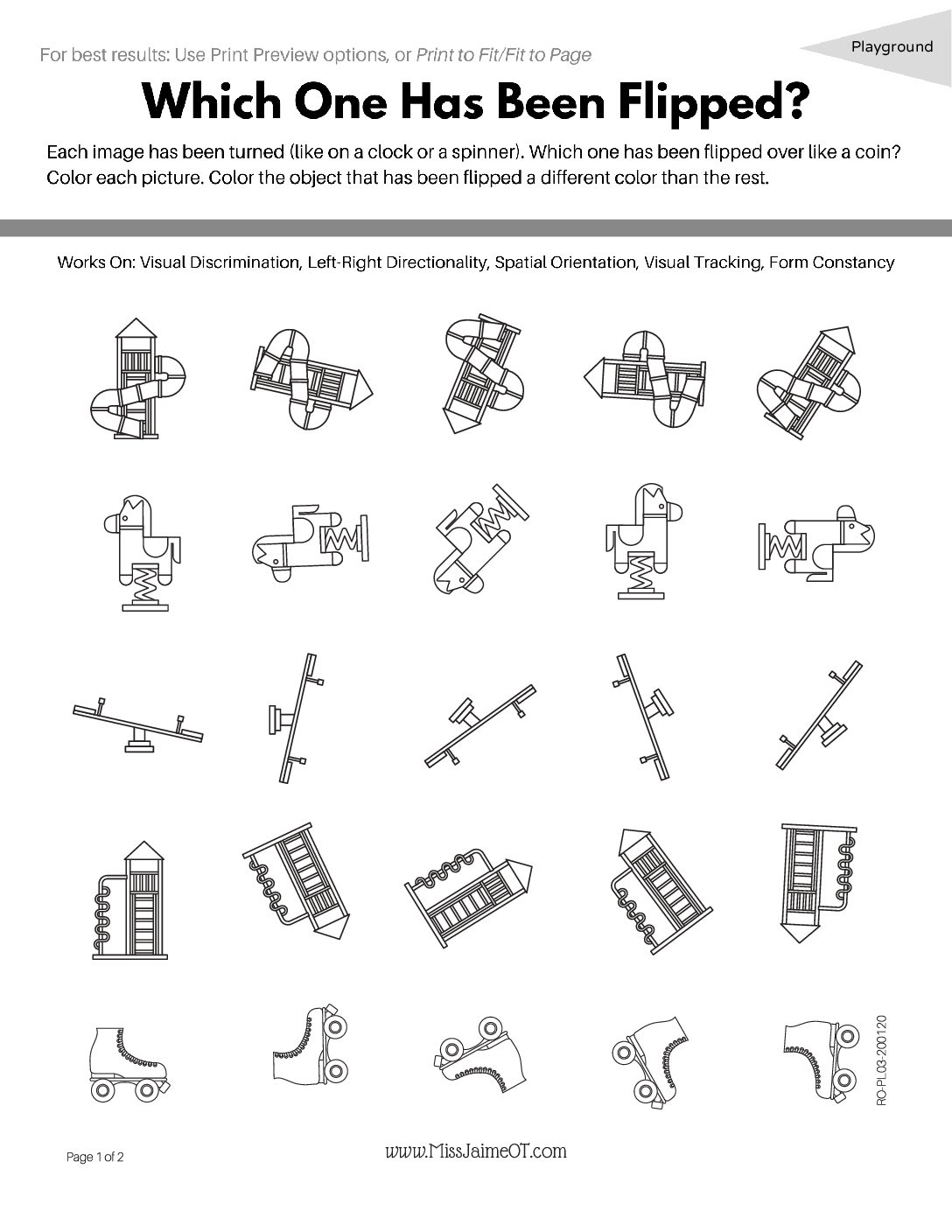

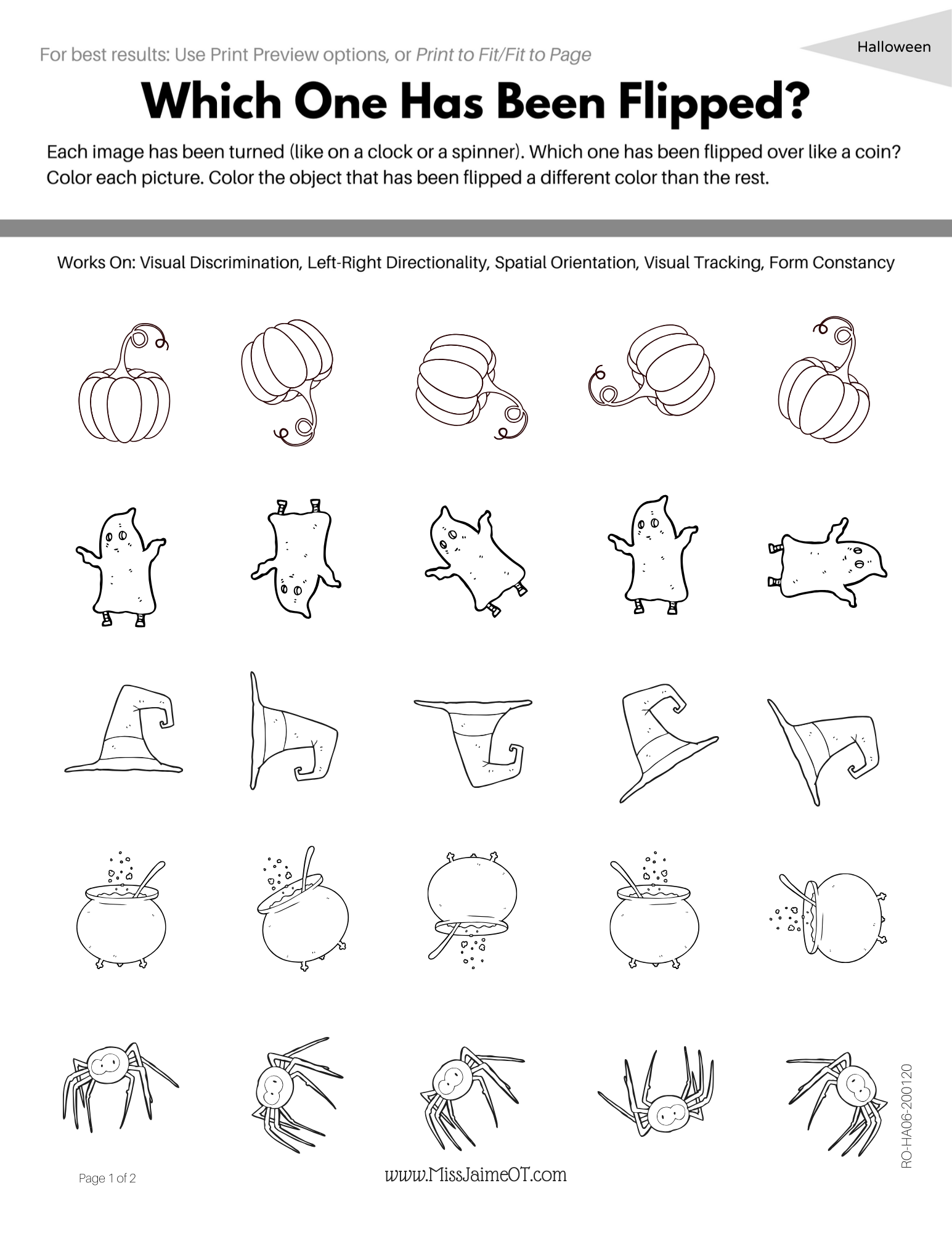


![FUNctional VP 22 [Figure Ground Compilation] Answer Keys](https://missjaimeot.com/wp-content/uploads/2021/06/FUNctional-VP-22-Figure-Ground-Compilation-Answer-Keys.png)


